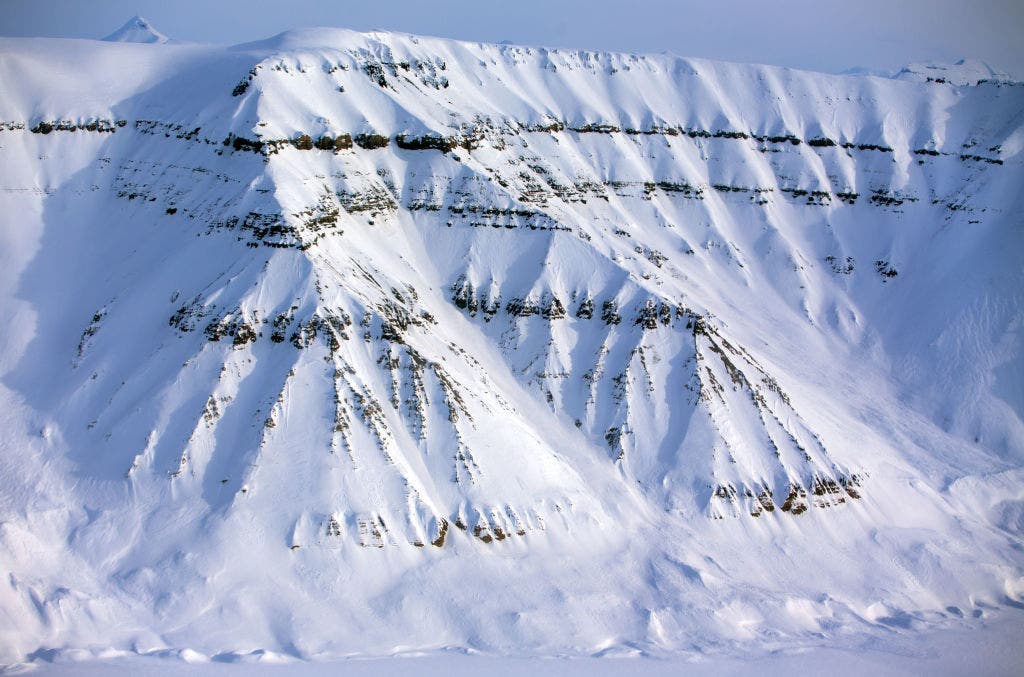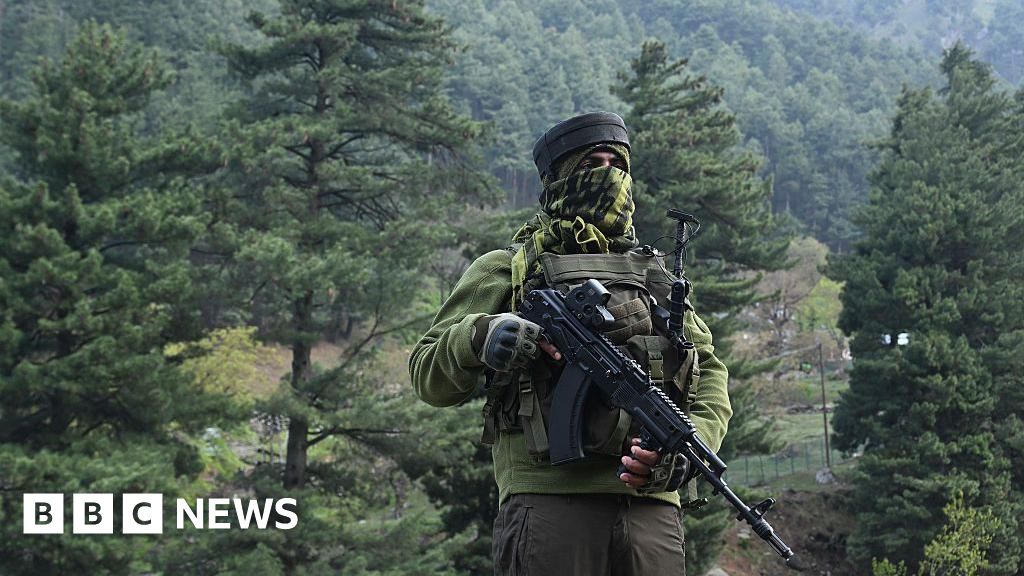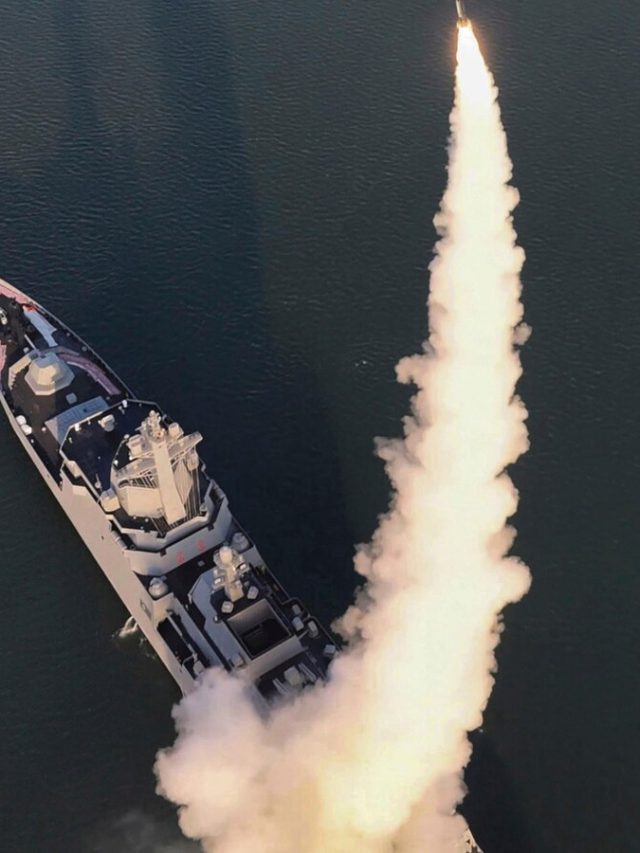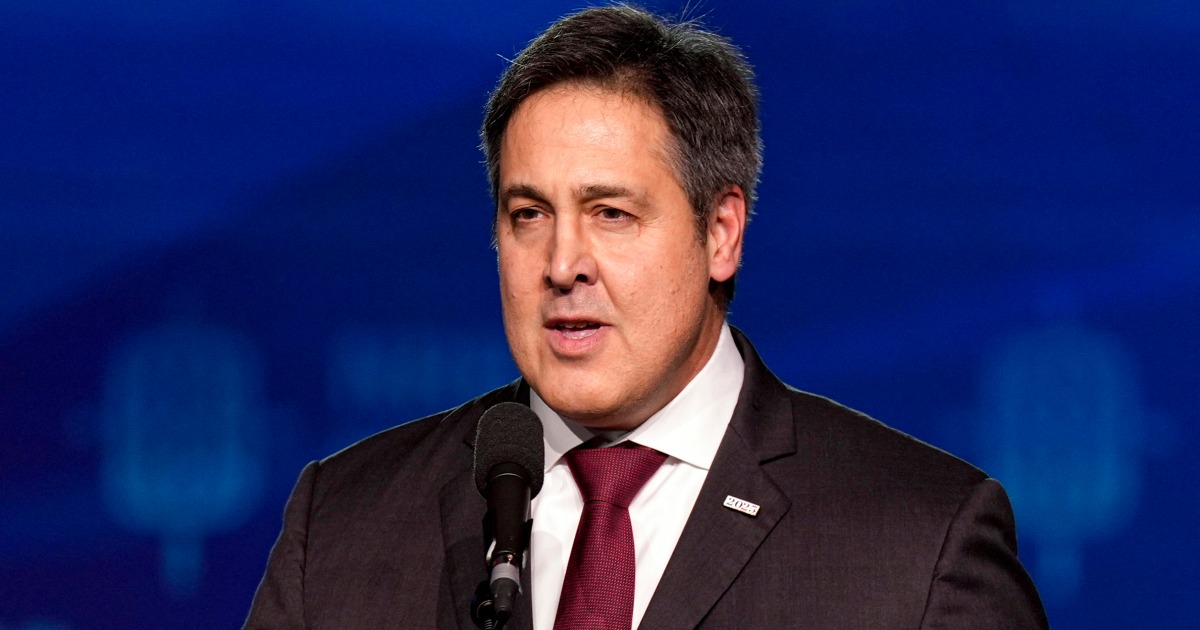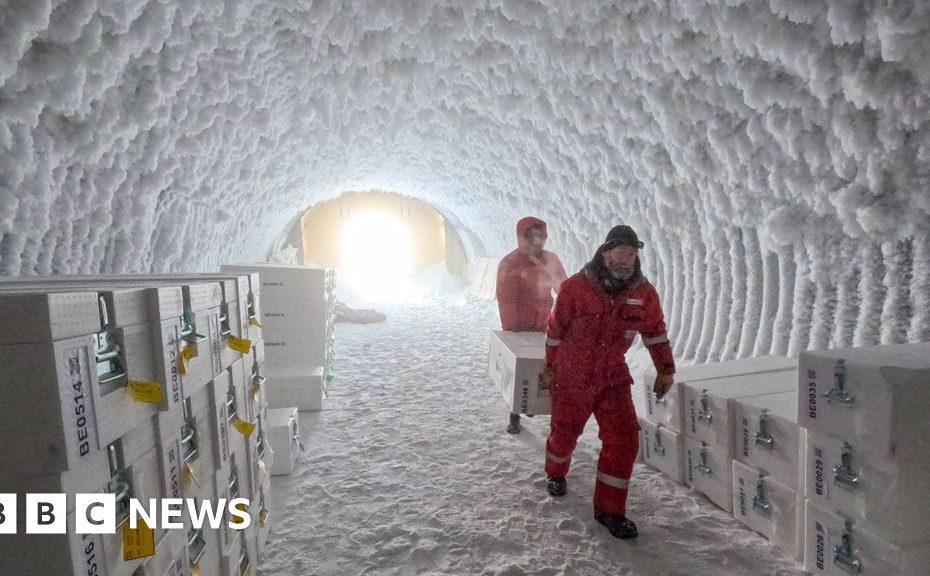Million-year-old bubbles could solve Ice Age mysteries
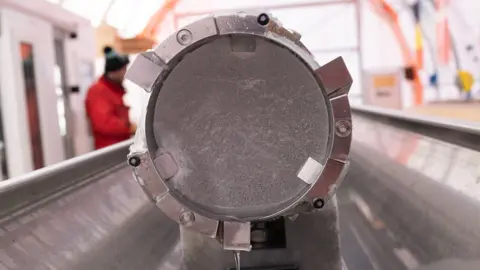 PNRA_IPEV
PNRA_IPEVPossibly the world's oldest ice, dating back 1.2 million years, was dug from the depths of Antarctica.
Working at temperatures of -35 degrees Celsius, a team of scientists extracted a 2.8-kilometer-long icicle, or ice core, which is longer than eight Eiffel Towers laid end to end.
Suspended within the ice are ancient air bubbles that scientists hope could help solve an enduring mystery about our planet's climate history.
European scientists spent four summers in Antarctica, competing with seven countries to be the first to reach the rocks beneath the frozen continent.
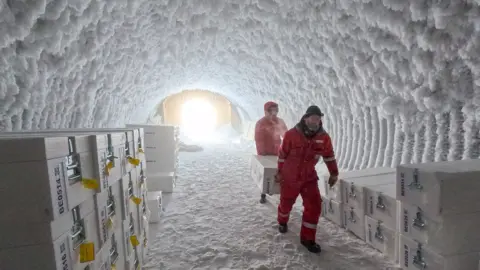 PNRA_IPEV
PNRA_IPEVTheir work may help solve a major mystery in our planet's climate history – what happened between 900,000 and 1.2 million years ago when glacial cycles were disrupted and led to climate change? Some researchers say our ancestors were on the verge of extinction.
“This is a remarkable achievement,” said Professor Carlo Barbante of the University of Ca' Foscari in Venice, who coordinated the research.
“You're holding a piece of ice that's a million years old. Sometimes you see layers of ash from volcanic eruptions. You see tiny bubbles in it, some of the air our ancestors breathed a million years ago. Bubbles,” he said.
The team is led by the Italian Institute of Polar Sciences and includes members from 10 European countries.
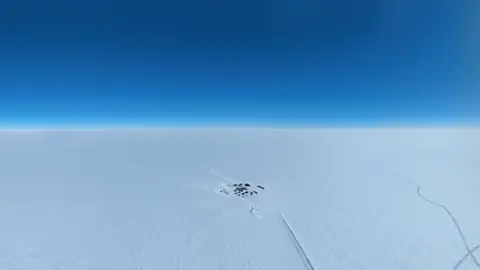 PNRA_IPEV
PNRA_IPEVIt must use snowmobiles to transport drilling equipment, laboratories and camps 40 kilometers from the nearest research base.
The drilling site, named Little Dome C, is located on the Antarctic Plateau in the eastern part of the continent, at an altitude of nearly 3,000 meters.
Ice cores are critical for scientists to understand climate change.
They capture air bubbles and particles, revealing greenhouse gas emission levels and temperature changes, helping scientists map how climate conditions change over time.
Data from other ice cores, including the Epica ice core, helped scientists conclude that the current rise in temperatures associated with greenhouse gas emissions is caused by humans burning fossil fuels.
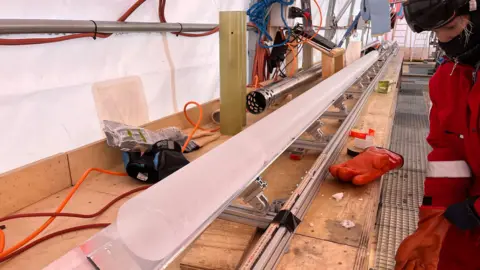 PNRA_IPEV
PNRA_IPEVBut scientists want to go back even further.
Now, through the project Beyond Epica: The Oldest Ice, they may have gained access to another 400,000 years of history.
“Our future has a lot of our past. We look to the past to better understand how climate works and how we can predict it into the future,” Professor Babant said.
Dr Robert Mulvaney, an ice core scientist at the British Antarctic Survey, said the team had “worked intensely over the past few days” because they were able to drill deeper than expected from radar data.
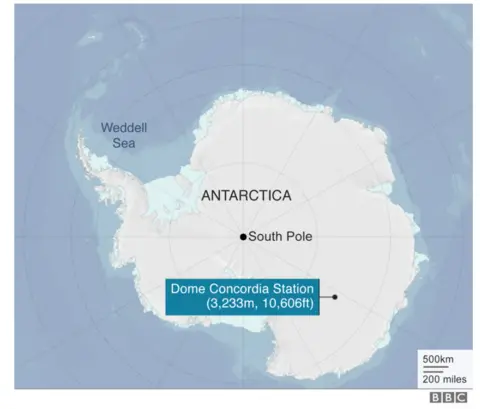
Using drilling machinery to slowly pull the ice core out of the ice sheet, the scientists carefully cleaned the ice with cloths.
Now it is cut into pieces more than a meter long to be transported by ship from Antarctica in temperatures of -50°C.
The fragments will eventually reach the freezers of a number of European institutions, including the British Antarctic Survey in Cambridge, where scientists will begin analysis.
Experts want to understand what happened between 900,000 and 1.2 million years ago, known as the mid-Pleistocene transition.
At this time, the length of the cold glacial and warm interglacial cycles changed from 41,000 years to 100,000 years. But scientists have never understood why.
According to some theories, during the same period, the ancestors of today's humans were almost extinct, with perhaps only about 1,000 people left.
Professor Babant explained that scientists do not know if there is a link between this endangered phenomenon and climate, but it shows that this was an unusual period and one that is necessary to better understand.
Professor Jory Rodger of Imperial College London, who was not involved in the project, told BBC News: “What they will find is anyone's guess, but there is no doubt that it will expand our window into Earth's past. “
Follow Georgina blue sky.
